Document Management: How Can You Ensure the Longevity of Digital Records?
Introduction
Can your organization guarantee access to its digital documents ten years from now?
In a time when paper-based filing is rapidly giving way to digital archiving, simply storing documents is no longer enough. Institutions now need intelligent strategies to preserve digital records for the long term—securely, accessibly, and in compliance with regulations.
Documents are not just files—they are the institutional memory, the source of knowledge, and a key enabler of decision-making. Poor management could result in loss of sensitive data, non-compliance, or operational disruptions. This article explores the critical importance of effective document management, the challenges organizations face in preserving digital assets, and how Enterprise Content Management (ECM) solutions—particularly DocSuite ECM—offer robust answers for long-term digital preservation.
1. The Importance of Digital Document Management
In today’s organizations, digital documents are the backbone of daily operations and strategic processes. Managing them effectively ensures:
• Business Continuity
By centralizing documents and structuring them systematically, teams can quickly retrieve critical information even during crises, staff turnover, or system changes. This readiness enables operational resilience and fast response in dynamic environments.
• Regulatory Compliance
Sectors such as healthcare, finance, and government must comply with strict laws (e.g., GDPR, ISO 15489). Digital document management allows organizations to define retention periods, control access rights, and maintain clear audit trails, reducing legal risk and ensuring accountability.
• Operational Efficiency and Cost Reduction
Digitization reduces the cost of physical storage, minimizes manual search time, and prevents duplication. This results in faster decision-making and optimized resource usage.
• Enhanced Security and Access Control
Modern systems like DocSuite ECM offer granular access controls, encryption, audit logs, and user permission management. This prevents unauthorized access and supports data integrity from within and outside the organization.
2. Challenges to Long-Term Digital Preservation
Despite technological advancements, several persistent challenges threaten the long-term sustainability of digital documents:
• Digital Decay and Obsolescence
File formats, software, and operating systems evolve quickly. Some documents may become unreadable over time.
Solution: Convert files to standardized formats (like PDF/A) and use ECM systems that regularly update and maintain compatibility.
• Lack of Clear Retention Policies
Without well-defined policies, organizations risk keeping irrelevant data or deleting important files prematurely.
Solution: Implement smart retention policies that automate archiving, review, and deletion based on document type.
• Poor Access Controls
Unrestricted access to sensitive documents increases the risk of data leakage or unauthorized editing.
Solution: Use role-based access and user-specific permissions with detailed monitoring of user activity.
• Data Loss During Migration or Upgrades
Moving from one system to another without a structured migration plan may result in data loss.
Solution: Adopt ECM solutions like DocSuite that offer seamless integration and structured data migration tools.
• Cybersecurity Threats and Insider Risks
From ransomware to internal sabotage, digital records are increasingly targeted.
Solution: Encrypt sensitive files, monitor unusual access patterns, and implement multi-level authentication and disaster recovery protocols.
3. ECM Systems as a Strategic Solution for Long-Term Preservation
Enterprise Content Management (ECM) systems offer more than just storage—they provide structured frameworks for document lifecycle management, ensuring availability, authenticity, and usability over time.
• What Is ECM?
ECM systems help organize, archive, secure, and retrieve digital content, including documents, images, emails, and forms. They improve workflows, support compliance, and centralize knowledge management.
• Long-Term Preservation Features
-
Standardized file formats (PDF/A, XML, TIFF)
-
Automated retention schedules
-
Periodic backups and version control
-
Advanced indexing and metadata tagging
• System Integration
Modern ECM platforms integrate easily with ERP, CRM, email, and e-signature tools—turning documents into dynamic workflow assets.
• DocSuite ECM in Focus
DocSuite stands out with:
-
Robust long-term archiving aligned with international standards
-
Arabic language support and user-friendly design
-
Granular permission settings and audit tracking
-
Integration with external systems and smart search features
4. DocSuite’s Solutions for Long-Term Preservation
DocSuite ECM provides a comprehensive environment for secure and sustainable digital preservation. It supports the use of long-term archival formats like PDF/A, while allowing organizations to set intelligent retention policies that automate content review and expiration workflows. The system enables precise access controls, ensuring that only authorized personnel can view, modify, or delete files—every action is recorded in an immutable audit log. Additionally, DocSuite integrates seamlessly with email and e-signature platforms, enhancing document security and operational efficiency across departments. This makes DocSuite a practical and strategic choice for institutions seeking sustainable digital recordkeeping.
5. Steps to Transition from Paper to Digital
Transitioning from paper-based archiving to digital content management requires a structured, phased approach:
-
Document Assessment: Review and categorize all physical records based on value and relevance.
-
Scanning and Conversion: Use high-quality scanners to digitize documents into standard formats like PDF/A.
-
Metadata Entry: Tag each file with relevant data (title, date, department) to enable quick search and classification.
-
System Integration: Import documents into an ECM platform (e.g., DocSuite) and associate them with corresponding workflows.
-
Staff Training: Educate users on system usage, data privacy, and digital handling best practices.
-
Phased Rollout: Gradually transition workflows while validating performance, security, and user adoption.
6. Recommendations for Sustainable Digital Preservation
To ensure long-term access and security of digital documents, institutions should:
-
Use standardized, long-lasting file formats (e.g., PDF/A, TIFF)
-
Define and enforce retention and destruction policies
-
Perform periodic reviews and integrity checks on stored files
-
Maintain regular and geographically distributed backups
-
Update storage infrastructure to meet evolving security standards
-
Incorporate document management into cybersecurity strategy
-
Train staff continuously on digital archiving practices
-
Document migration plans and test data recovery periodically
Conclusion
In an increasingly digital world, document management is no longer an administrative convenience—it’s a strategic imperative. Institutions that invest in robust ECM solutions not only protect their data but also strengthen compliance, agility, and institutional memory. As this article has shown, DocSuite ECM offers a secure and future-ready approach to managing digital documents, ensuring they remain accessible and authentic for years to come.
Now is the time to move beyond basic storage and adopt a holistic strategy for document sustainability—one that grows with your organization and secures its knowledge legacy.
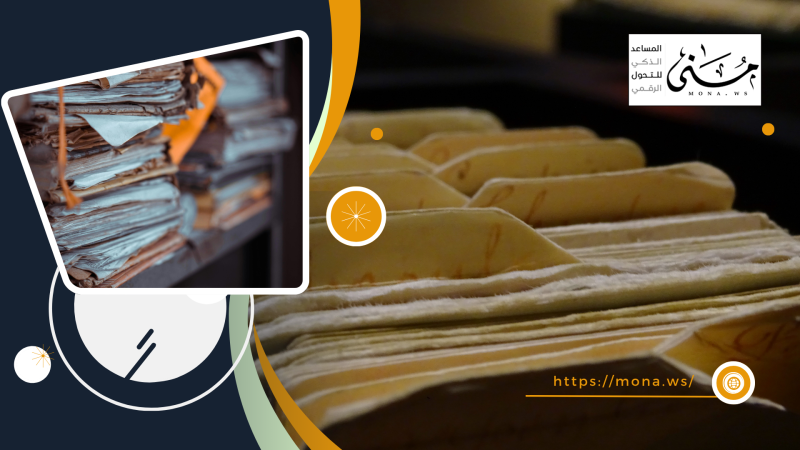
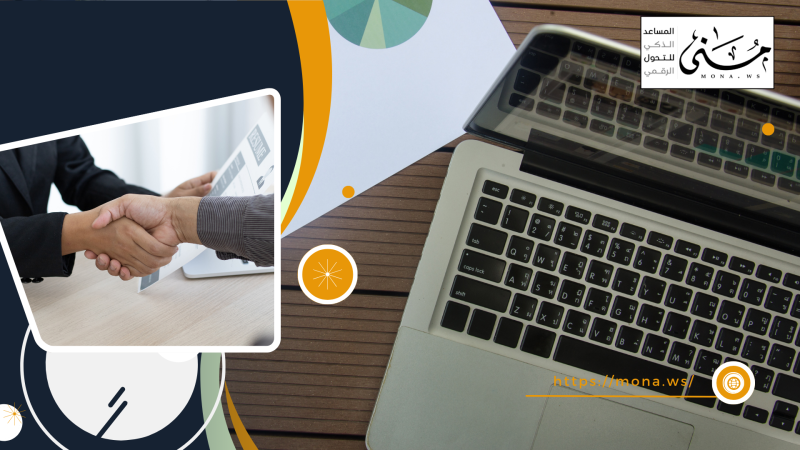

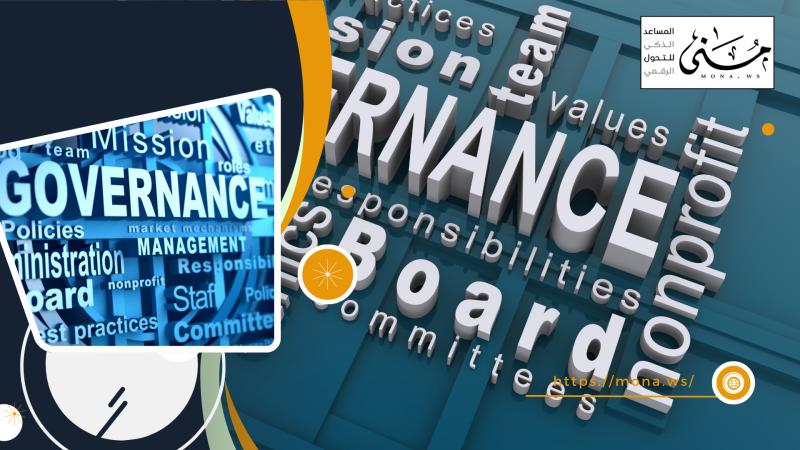


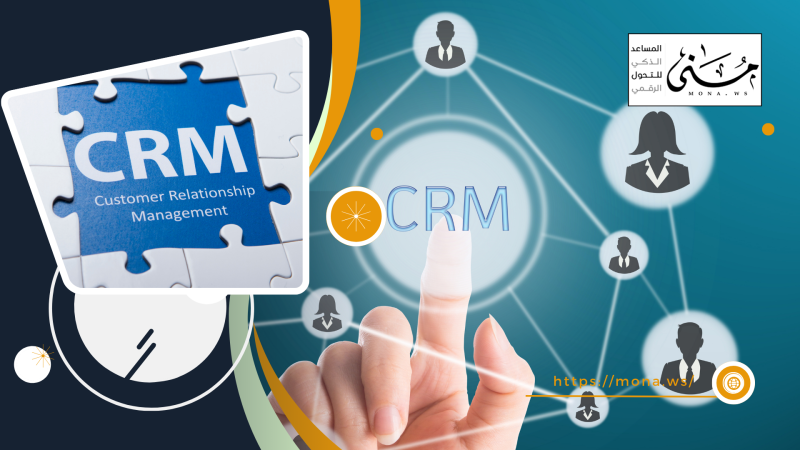
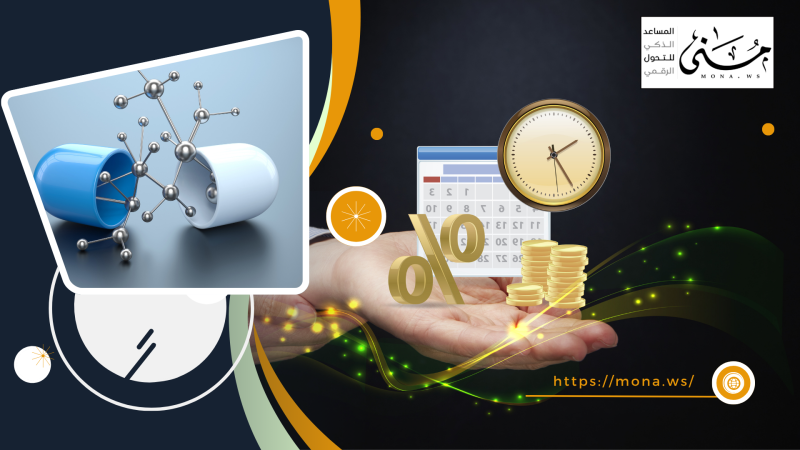

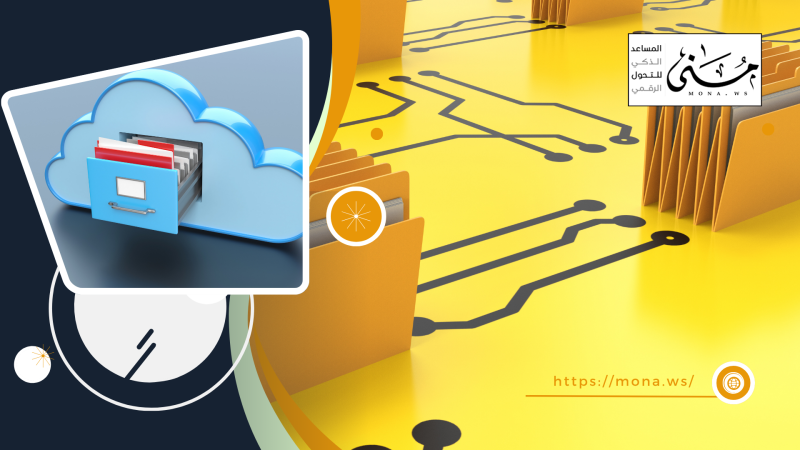
Comments
Add New Comment